Recent rainfall may have you thinking that El Nino conditions are indeed strengthening as NOAA has predicted and that this will be a wet winter. California does not always see an increase in precipitation, however, during El Nino years but we can always hope and be prepared.
Here’s why. Every 2-7 years the trade winds in the warm equatorial waters of the Pacific Ocean slacken, or sometimes even reverse direction, and warmer-than-normal water accumulates along the equator in the central and eastern Pacific. This warming is called El Nino, because its effects are greatest in the winter and often disrupt fishing along the So. American coast around 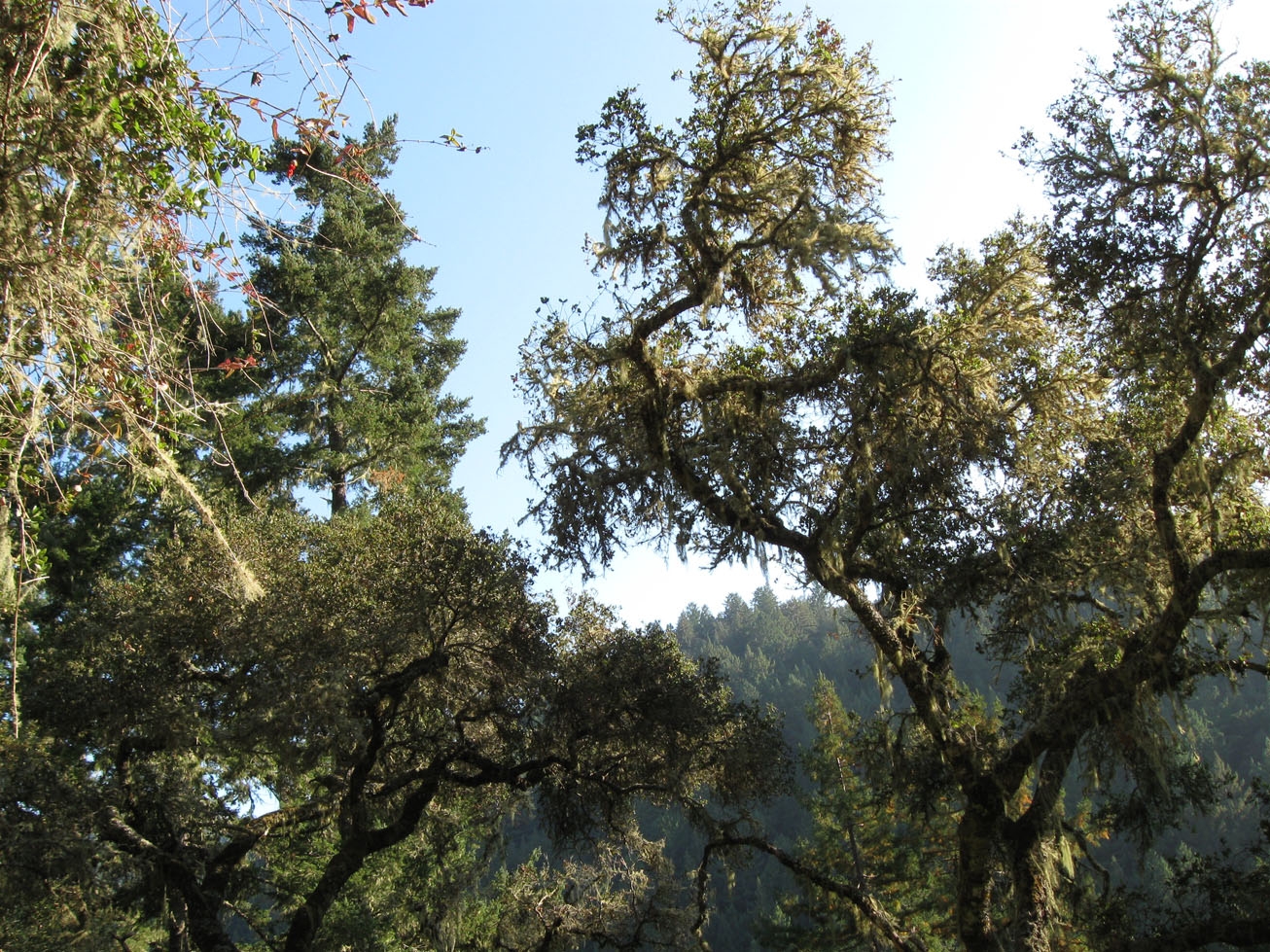 . Equatorial water is averaging one degree warmer so far this fall and should continue to warm. If it averages 2.5 degrees warmer, that’s a moderate El NIno. If it goes higher that would be considered a strong El Nino. During the biggest El Nino winters in 1997-’98 and also in 1982-’83, Pacific waters reached nearly 5 degrees warmer. The winter of 1997 brought nearly 90" of rain to Boulder Creek and in 1982 we had 111" of rain. Interesting to note, however, that the strong El Nino of 1991 only brought 46" of rain to our area.
. Equatorial water is averaging one degree warmer so far this fall and should continue to warm. If it averages 2.5 degrees warmer, that’s a moderate El NIno. If it goes higher that would be considered a strong El Nino. During the biggest El Nino winters in 1997-’98 and also in 1982-’83, Pacific waters reached nearly 5 degrees warmer. The winter of 1997 brought nearly 90" of rain to Boulder Creek and in 1982 we had 111" of rain. Interesting to note, however, that the strong El Nino of 1991 only brought 46" of rain to our area.
The El Nino now under way doesn’t guarantee our area will receive drenching winter rains, but the stronger the condition and warmer the water, the greater the likely hood.
If you have oaks or tanoak trees on your property, a wet El Nino winter makes conditions perfect for the spread of Sudden Oak Death (SOD). The pathogen that causes this disease thrives and spreads in moist, mild climates. There is no known cure for SOD, the only way to protect susceptible oaks and tanoaks is preventative treatment before conditions for infection are optimal.
To arm trees with as much resistance as possible, treatments must be applied in the fall and again in the spring. There is a free training session given by the Calif. Oak Mortality Task Force in Berkeley on Nov 4th and Dec. 9th. This training session as well as information on their web site ( www.suddenoakdeath.org ) will help you gain information about how to select candidate trees for treatment and proper preventative treatment applications.
We have seen the effects of SOD on the oak trees in our own area. Since the mid 1990’s over a million oak and tan oak trees have died throughout California. Preventative treatment is the key to slowing the spread of this pathogen and to protect high value individual trees at risk of infection.
Laboratory testing is the only way to confirm this disease. You cannot diagnose symptoms solely by eye as many diseases look similar. You can view photos at the web site to compare symptoms with those on your oak or tanoak trees. Also look at nearby Calif. bay laurel, rhododendrons or camellia plants with spots on their leaves as this could possibly by correlated. If you suspect you have infected trees you can get the leaves tested at our local AG Extension in Watsonville.
The treatment approved by the State of California against phytophthora ramorum infection is Agri-Fos, a phosphonate compound. It is best used as a preventative measure and is not a cure. It can help protect trees from getting infected and mays suppress disease progression in very early infections. Sprayed on the trunk or injected into the tree it takes 3-6 weeks to be assimilated and become effective.
Generally, you should treat high value oak trees within 150 ft of other infected trees or plants. You may want to treat healthy oaks or tan oaks if they are surrounded by healthy bay laurel and there are know infections within 1000 ft. I could not find a local source for Agri-Fos but you can buy it directily through them. There is a link on the above listed website.
Education is key to slowing the spread of SOD and protecting high-value individual trees at risk of infection.

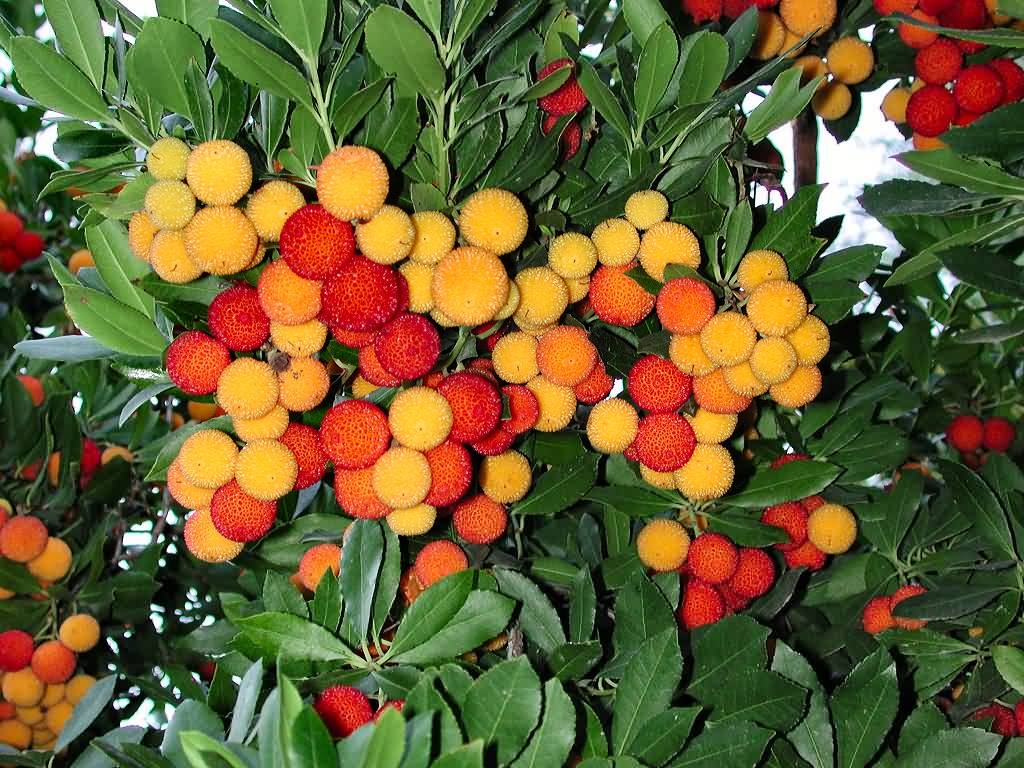
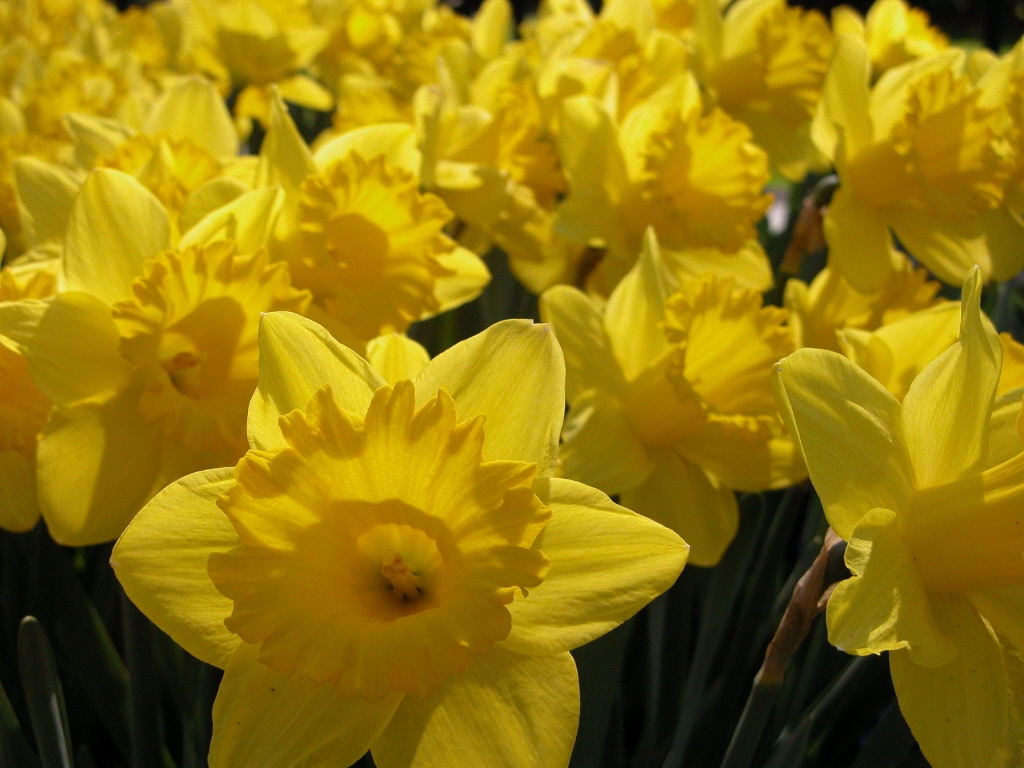 the shade? If you dream about drifts of colorful flowers under you trees in the spring but didn’t think they would bloom in the shade, think again . Some bulbs manage to grow just fine beneath trees-even evergreen trees. Many from the daffodil clan, including jonquils and narcissus will grow, bloom and naturalize year after year under tree canopies or other lightly shaded areas. Common ones to try are Golden Harvest, the classic, large yellow King Alfred daffodil and Dutch Master with pure gold flowers. Barret Browning has a soft. butter-yellow corolla and a pumpkin orange frilly tube.
the shade? If you dream about drifts of colorful flowers under you trees in the spring but didn’t think they would bloom in the shade, think again . Some bulbs manage to grow just fine beneath trees-even evergreen trees. Many from the daffodil clan, including jonquils and narcissus will grow, bloom and naturalize year after year under tree canopies or other lightly shaded areas. Common ones to try are Golden Harvest, the classic, large yellow King Alfred daffodil and Dutch Master with pure gold flowers. Barret Browning has a soft. butter-yellow corolla and a pumpkin orange frilly tube. 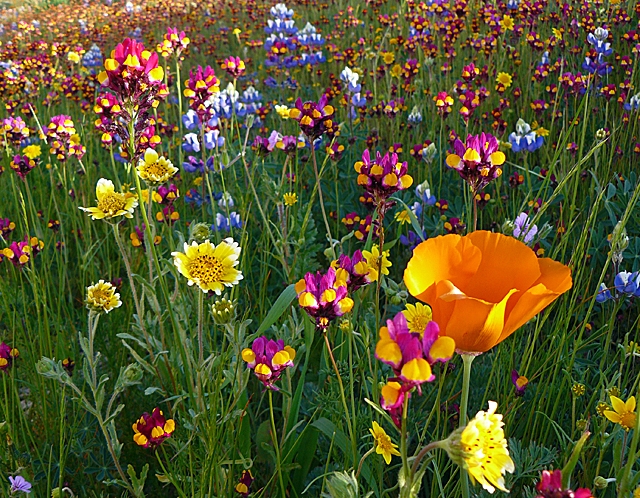 eed that is in the soil and germinate along with the wildflowers. These fast-growing weeds smother the slower growing wildflowers. For a more successful planting, take time to eliminate the competition.
eed that is in the soil and germinate along with the wildflowers. These fast-growing weeds smother the slower growing wildflowers. For a more successful planting, take time to eliminate the competition. 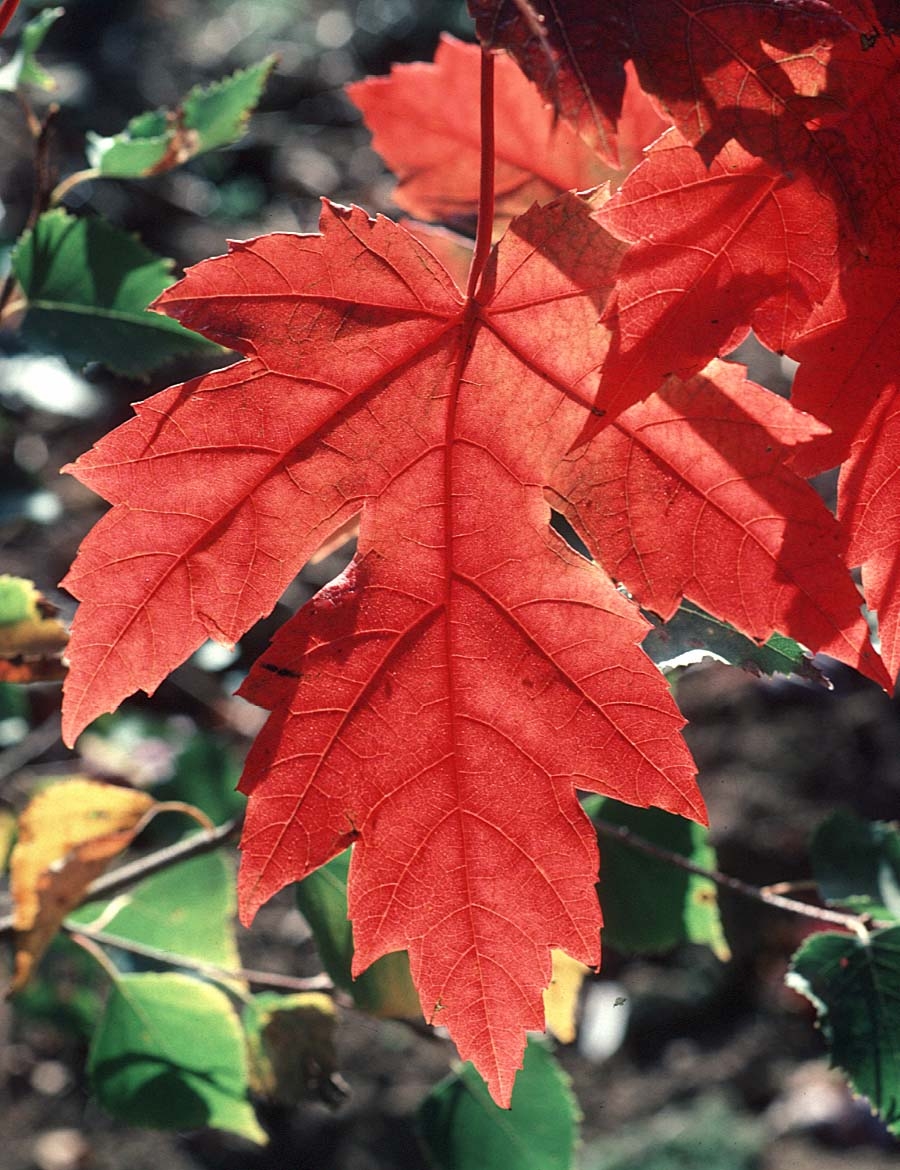 something that you can put a table and chairs under and still have room to play, consider a red maple. Autumn Blaze maples spread to 40 ft. wide and you’ll be enjoying their brilliant orange-red fall color long into the fall season. They need an occasional deep watering like a fruit tree but little pruning.
something that you can put a table and chairs under and still have room to play, consider a red maple. Autumn Blaze maples spread to 40 ft. wide and you’ll be enjoying their brilliant orange-red fall color long into the fall season. They need an occasional deep watering like a fruit tree but little pruning.